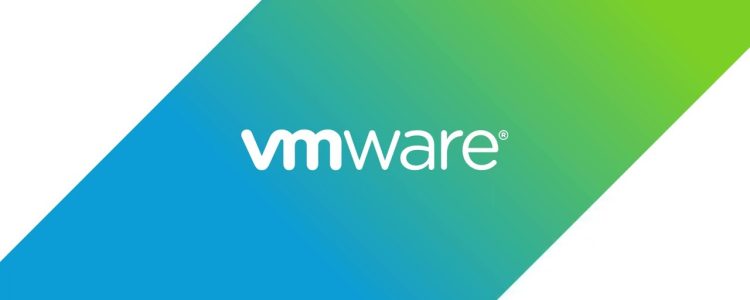Course Overview:
Students will learn how to implement Azure compute solutions, create Azure Functions, implement and manage web apps, develop solutions utilizing Azure storage, implement authentication and authorization, and secure their solutions by using KeyVault and Managed Identities. Students will also learn how to connect to and consume Azure services and third-party services, and include event- and message-based models in their solutions. The course also covers monitoring, troubleshooting, and optimizing Azure solutions.
TechNow has worked worldwide enterprise infrastructures for over 20 years and has developed demos and labs to exemplify the techniques required to demonstrate cloud technologies and to effectively manage security in the cloud environment.
Attendees to AZ-204:Developing Solutions for Microsoft Azure will receive TechNow approved course materials and expert instruction.
Date/Locations:
No Events
Course Duration: 5 days
Course Outline:
- Creating Azure App Service Web Apps
- Implement Azure functions
- Develop solutions that use blob storage
- Develop solutions that use Cosmos DB storage
- Implement laaS solutions
- Implement user authentication and authorization
- Implement secure cloud solutions
- Implement API Management
- Develop App Service Logic Apps
- Develop event-based solutions
- Develop message-based solutions
- Monitor and optimize Azure solutions
- Integrate caching and content delivery within solutions
Prerequisites :
-
-
- AZ-900: Microsoft Azure Fundamentals
- Students should have 1-2 years professional development experience and experience with Microsoft Azure.
- Student must be able to program in an Azure Supported Language.
-
Comments
Latest comments from students
